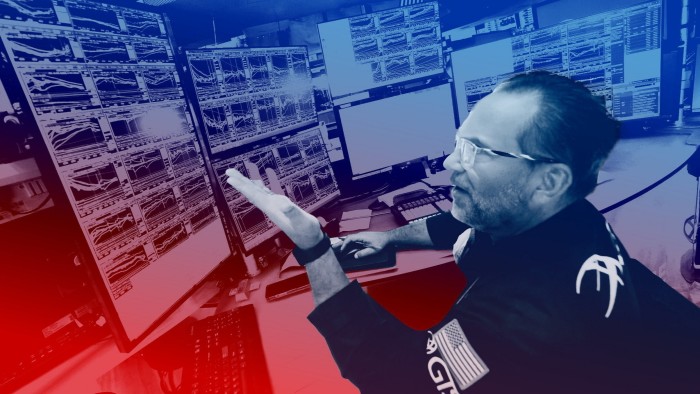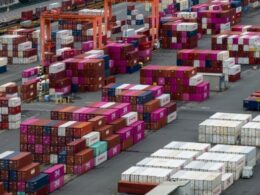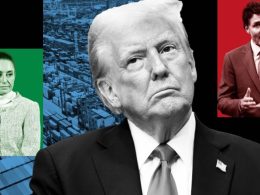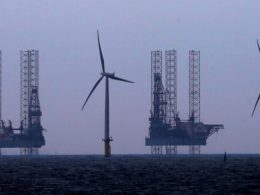Unlock the Editor’s Digest for free
Roula Khalaf, Editor of the FT, selects her favourite stories in this weekly newsletter.
Good morning. President Donald Trump has threatened tariffs on any country that imports Russian oil, hoping to push Russian President Vladimir Putin to end the war he started in Ukraine. Like Trump’s tariffs on Venezuelan oil importers, this is essentially an additional sanction on Russian oil, which will put upward pressure on the global price. Will oil break $90 per barrel this year? Or will Trump back off if oil prices rise enough for his voters to notice? Email us: robert.armstrong@ft.com and aiden.reiter@ft.com.
Personal Consumption Expenditures
In a month of big market moves, it’s hard to tell which moves are meaningful and which are noise. The S&P 500’s 2 per cent drop on Friday appears to have been the former.
The key catalyst was a personal consumption expenditures release that was bad on multiple levels. It had been widely expected that the February PCE price index might be a little hot; in the last CPI inflation report, the components that feed into PCE were higher than anticipated. Friday’s PCE exceeded even those expectations. Core PCE rose 2.8 per cent, or 4 per cent month on month, the biggest monthly rise since January 2024.
There were other bad signals in the numbers. The personal savings rate by US households rose for the second consecutive month to 4.6 per cent. Consumption was up, but by less than anticipated — even though there was a large jump in consumption of durable goods from the previous month, suggesting some front-running of tariffs. Hotter inflation, less spending, and more savings: that combination smells a little of stagflation, an odour that disgusts the market. The Fed, which prefers PCE to CPI as an inflation measure, implied in its last meeting that tariffs could be stagflationary. That looks a shade more likely now.
Last week, we wondered if or when bad soft data would turn into bad hard data. Friday’s PCE could be an early example. And the poor soft data keeps rolling in: Friday also featured a gloomy Michigan consumer index reading. The same day, the Atlanta Fed’s GDPNow tracker for the first quarter — adjusted to exclude the impact of gold imports — slipped below zero. As we have noted in the past, the level of GDPNow is distorted by its treatment of exports. Even so, the direction of change is concerning.
(Reiter)
Readers reply on CoreWeave
On Friday I argued that CoreWeave should be valued on a cash-in-cash-out basis like a real estate project or a Reit, not with a multiple of Ebit or Ebitda, like a tech company. I also wrote that it wasn’t totally clear to me why big tech companies would outsource AI computing to a relatively small start-up with high capital costs when they could build data centres with their own cheaper capital (which they do, to the tune of many tens of billions). These arguments elicited some interesting replies.
Iuri Struta wrote to ask: “If you value CoreWeave like a Reit, would you value Amazon’s AWS, MSFT’s Azure and Alphabet’s Google Cloud in the same way?” Great question, and the answer is yes, to the degree that those units do not mix value-added services in with their computing-infrastructure-as-a-service offerings. If they mix in more services, they are software-Reit hybrids. My understanding is that CoreWeave is a relatively service-light offering but, like every other company in the space, they want to sell more than electricity and servers, to protect their margins.
Why then does big tech invest in CoreWeave, when they have large investments in their own data centres? A commenter, “Independent,” argued that outsourcing to CoreWeave lowers big tech companies’ capital intensity, and that CoreWeave’s high utilisation rates promotes efficiencies that help offset its capital costs. Independent also argued that CoreWeave “provides diversification in the event of a slower utilisation [and] softens [the] blow (less writedowns) should such assets experience technological obsolescence.” In other words, it is a hedge on AI uptake and infrastructure investments. This sounds plausible to me, but if it is true, it highlights just how risky CoreWeave’s industry position is. Should demand for GPU computer capacity fall, the whole point of CoreWeave is that its capacity can be idled without hurting its big tech customers’ bottom line. If a generation of Nvidia GPUs that CoreWeave deploys become obsolete before their time, the whole point of CoreWeave is that it gives big tech a way to walk away from the problem. What, then, to make of CoreWeave’s emphasis on long-term customer contracts, which would seem to undercut the advantages Independent points out? If CoreWeave is selling flexibility, why would anyone sign a multiyear take-or-pay deal with them?
A regular correspondent, Ken Favaro, wrote to argue that I was barking up the wrong tree by focusing on CoreWeave’s higher cost of capital:
Cost of capital goes with the project, not the owner of the project . . . a risky project should have a higher cost of capital than a non-risky one, even if they are sponsored by the same actor. The implicit notion in your question that hyperscalers should be financing their own hardware needs because they have a lower cost of capital is the same thinking that got GE into trouble: Welch and Immelt thought they could use the company’s AAA rating to finance the growth of GE Capital. But of course the company’s credit rating fell because GE Capital was investing in higher-risk stuff than where the AAA rating came from: highly advantaged industrial businesses.
Favaro then pointed out that what is or is not outsourced should be driven by companies’ capabilities — what they are good at — not their cost of capital.
I like this argument a lot. But I would point out that the big techs have gone in for ownership of data centres on a huge scale, so they clearly do believe they have capabilities there, or at least think they have no choice but to build their own capacity, given how much of it they need. The question is why, given that, they are outsourcing a bit to CoreWeave on the margin? In addition, I think it is also possible that some of the big techs are making a GE-style mistake by becoming massive data centre operators. It may be that their very low capital costs have seduced them into entering an area where the returns may be lower, and the risks higher, than they think. If that’s true, it would have been better if there had been a bigger CoreWeave sooner, so that big tech could have stuck to what it is good at.
One good read
FT Unhedged podcast
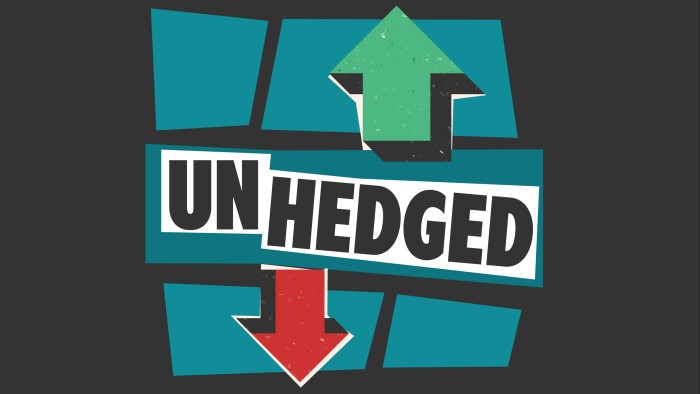
Can’t get enough of Unhedged? Listen to our new podcast, for a 15-minute dive into the latest markets news and financial headlines, twice a week. Catch up on past editions of the newsletter here.
Source link





